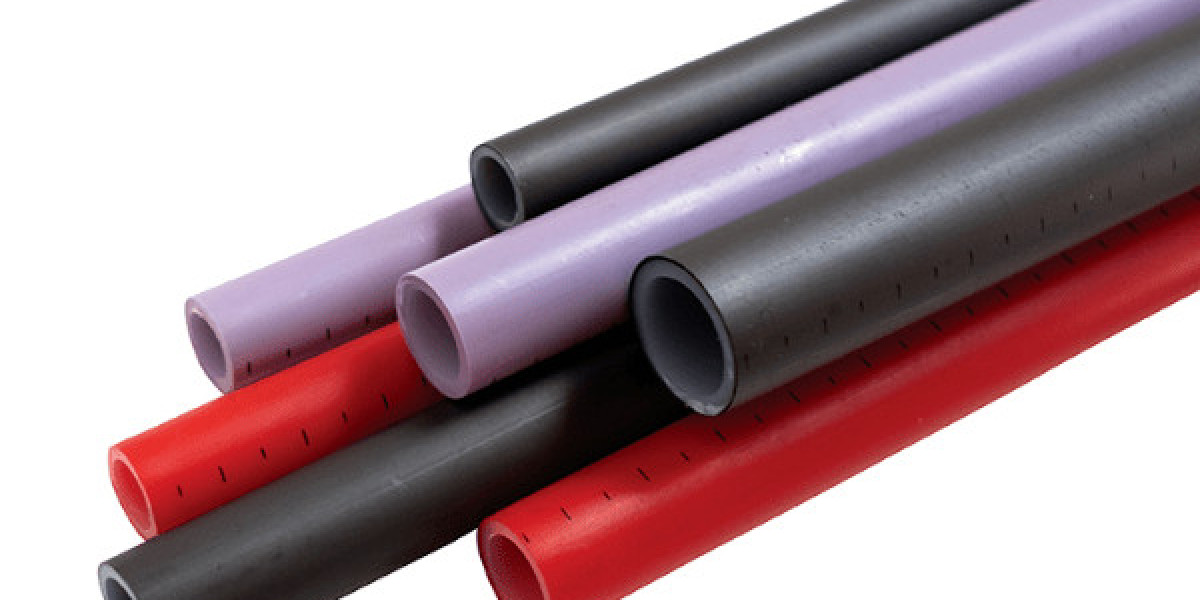The global cross-linked polyethylene market has experienced substantial growth in recent years, driven by increasing demand in industries such as plumbing, automotive, and electrical applications. However, despite its rapid expansion, the market faces several challenges that could hinder its future progress. This article explores the key obstacles affecting the growth of the cross-linked polyethylene market, including regulatory constraints, raw material costs, competition from alternative materials, environmental concerns, and technological limitations. Additionally, potential solutions and strategies for overcoming these challenges are discussed.
1. Regulatory and Compliance ChallengesOne of the most significant hurdles in the cross-linked polyethylene market is stringent regulatory compliance. PEX is widely used in plumbing and industrial applications, requiring manufacturers to adhere to various national and international safety and environmental regulations. Governments are implementing stricter regulations concerning the use of plastic materials, especially those involving chemical cross-linking agents. Compliance with these regulations can be costly and time-consuming, impacting the profitability of manufacturers and limiting market expansion.
2. High Raw Material Costs and Supply Chain IssuesThe fluctuating costs of raw materials, including polyethylene resins and cross-linking agents, significantly impact the PEX market. Rising crude oil prices and supply chain disruptions due to geopolitical tensions or natural disasters further contribute to cost volatility. Additionally, shortages of key additives and processing chemicals have been reported, leading to increased production costs. Companies must navigate these challenges by diversifying their supply chains and adopting cost-effective production methods.
3. Competition from Alternative MaterialsPEX faces competition from other materials such as copper, PVC, and CPVC, which are widely used in plumbing, insulation, and industrial applications. While PEX offers benefits like flexibility, durability, and resistance to corrosion, traditional materials like copper have established reputations and are preferred in certain applications. The growing adoption of bio-based and sustainable alternatives also presents a potential threat to the PEX market, as companies seek more environmentally friendly options.
4. Environmental Concerns and Recycling LimitationsThe environmental impact of cross-linked polyethylene poses a significant challenge to market growth. Unlike thermoplastics, which can be easily melted and reshaped, PEX cannot be recycled using conventional methods due to its cross-linked molecular structure. This has led to concerns about its long-term sustainability and disposal challenges. Regulatory bodies and environmental groups are pushing for eco-friendly alternatives, compelling manufacturers to explore innovative recycling techniques or develop biodegradable substitutes.
5. Technological Limitations and Innovation NeedsDespite advancements in manufacturing processes, certain technological barriers still hinder the growth of the cross-linked polyethylene market. Achieving consistent cross-linking quality, enhancing mechanical properties, and improving processing efficiency remain key concerns for manufacturers. Additionally, innovation in production technologies and the development of new formulations are necessary to address performance limitations and expand the range of applications.
Potential Solutions to Overcome Market ChallengesTo mitigate these challenges, industry players must adopt strategic approaches, including:
Investment in Research and Development (RD): Enhancing product performance, developing recyclable alternatives, and improving manufacturing processes.
Sustainable Material Alternatives: Exploring bio-based polymers or advanced recycling technologies to address environmental concerns.
Regulatory Adaptation: Working closely with regulatory agencies to meet evolving compliance requirements efficiently.
Diversified Supply Chains: Reducing dependency on specific raw material suppliers to manage cost fluctuations.
Market Expansion Strategies: Entering emerging economies and investing in infrastructure projects to boost demand.
ConclusionWhile the cross-linked polyethylene market presents significant growth potential, several challenges threaten its expansion. Addressing regulatory constraints, raw material volatility, environmental concerns, and technological limitations requires a proactive approach from industry stakeholders. By leveraging innovation, sustainability efforts, and strategic investments, the PEX market can continue to grow and evolve in a competitive global landscape.
Search
Popular Posts
Categories
- Animals & Pets
- Antiques & Collectibles
- Art & Photography
- Auto & Cycles
- Betting Systems
- Books
- Business & Finance
- Children
- Computers / Internet
- Cooking, Food & Beverage
- Crafts
- E-Business & E-Marketing
- Education
- Electronics
- Employment & Jobs
- Enrichment
- Entertainment
- Ethnic
- Fashion & Style
- Fiction
- Games
- Green Products
- Health & Fitness
- Hobbies
- Home & Garden
- Languages
- Lifestyle
- Medical
- Men
- Mobile
- Music
- News & Politics
- Parenting & Families
- Reference
- Religion
- Science & Nature
- Self-Help
- Software & Services
- Spirituality, New Age & Alternative Beliefs
- Sports
- Supplement
- Travel
- United States
- Women
- Sponsored
- Guest Post
- Other









